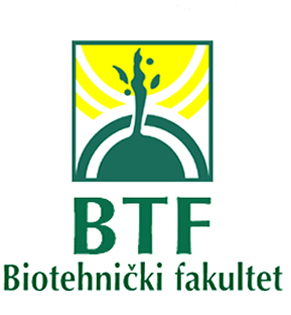| Year : |
2016 |
| Volume : |
62 |
| Issue : |
2 (30.06.2016) |
| |
|
| Authors : |
Eifediyi, E. K., H. E. Ahamefule, I. F. Ojiekpon, T.M. Agbede, S. U. Remison, T. H. Aliyu , T.O. Olukayode, and A. K. Bangura |
| Title : |
RESPONSE OF SESAME (Sesamum indicum L.) TO MULCHING AND INORGANIC FERTILIZER APPLICATION IN A SOUTHERN GUINEA SAVANNAH ZONE OF NIGERIA |
| Abstract : |
Sesame is best cultivated towards the end of the wet season in the southern guinea savannah zone of Nigeria because when planted early in the season, high moisture regime will predispose the crop to increased vegetative growth at the expense of seed formation, discoloured grains and create an unfavourable environment for harvesting, drying and processing of the seeds. However, growing sesame towards the end of the rainy season may subject it to moisture stress especially with the uncertainty introduced by climate change. This therefore necessitated an investigation into the potentials of incorporating mulch practice to conserve moisture and fertilizer nutrients in sesame production. A field study was conducted in the Teaching and Research Farm of the University of Ilorin, Ilorin- Nigeria during the 2013 and 2014 cropping seasons to evaluate the effects of mulching and NPK fertilizer on the performance of sesame (Ex-Sudan variety). Treatments consisted of three mulch types (no mulch (NM), grass mulch (GM) and wood shavings (WS) mulch applied at the rate of 0.5 t ha-1) and five levels of NPK fertilizer 20:10:10. The experiment was laid out in a 3 x 5 factorial arrangement replicated thrice. Data were collected on soil parameters (some physical and chemical properties), plant growth parameters (plant height, number of leaves and number of branches) and yield parameters (number of capsules per plant, weight of seeds per plant and weight of seeds per hectare). The result of the study indicated that using mulch alone increased the water holding capacity and the organic matter content of the soil. However, using the grass mulch and fertilizer at the rate of 300 kgha-1 resulted in an increase in the growth and yield parameters which were significantly different (P<0.05) from the other treatments in both years. The average yield of the two years of study indicated an overall seventy-one percent increase in seed weight per hectare in the grass mulched plots over the control. |
| For citation : |
Eifediyi, E. K., H. E. Ahamefule, I. F. Ojiekpon, T.M. Agbede, S. U. Remison, T. H. Aliyu , T.O. Olukayode, and A. K. Bangura (2016): RESPONSE OF SESAME (Sesamum indicum L.) TO MULCHING AND INORGANIC FERTILIZER APPLICATION IN A SOUTHERN GUINEA SAVANNAH ZONE OF NIGERIA. Agriculture and Forestry, 62 (2): 201-216. |
| Keywords : |
sesame, inorganic fertilizer, mulching, water holding capacity, yield |
| |
|
| download paper |

